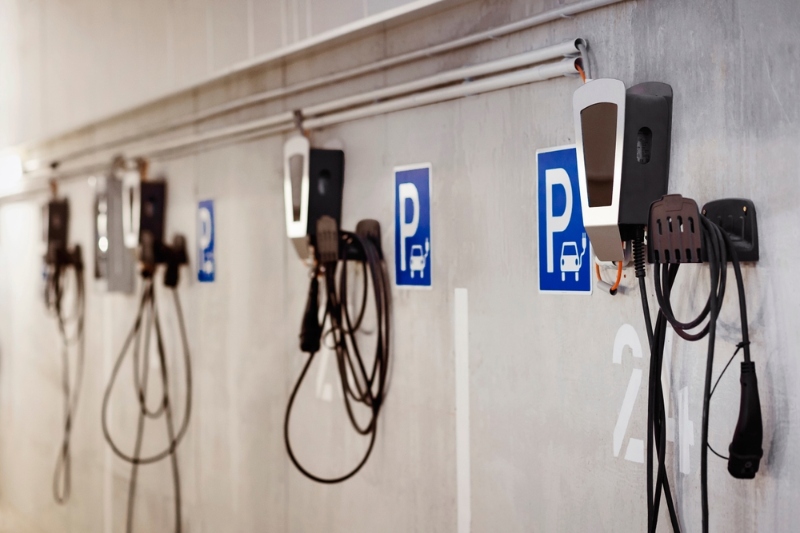The new EQUA CO2 Index shows actual emissions of greenhouse gases from cars are significantly exceeding the official figures on which national targets and vehicle tax are based.
The new index rates cars for their absolute level of CO2 emissions and also shows how close to their official figures they get. The top A1 rating ' where A indicates the best absolute emissions and 1 the accuracy factor ' is currently only achieved by one vehicle: a Citroen C3 diesel.
Taking the car market as a whole, average real-world emissions of Euro 6 cars are 181g/km of CO2 ' a figure that hasn't improved since the previous, Euro 5, generation of car. Compared to the current fleet target of 130g/km of CO2, the new data shows that this legal target is being exceeded by 39%.
Average CO2 emissions from new petrol cars have fallen by 6% since 2012, when Emissions Analytics started collecting data. However, over the same period, the average emissions from diesel cars have risen by 5%. So, even though diesel engines remain lower-emitting than petrol in absolute terms, the gap is closing.
Nick Molden, chief executive officer and founder of Emissions Analytics, said: 'In recent years, we have been kidding ourselves about our actual achievement in reducing CO2 from cars. Encouraging official data has given a misleadingly positive impression. The new official world harmonised test will help close the gap, but only partially'
Complementing the recently launched EQUA Mpg, which provides real-world fuel economy figures for more than 60,000 cars, the new CO2 data is derived from the largest independent on-road emissions testing programme in Europe. Delivering impartial and precise information, the results are openly published data.
Offering a simple scale that denotes each car's performance, the new EQUA CO2 Index awards a universal rating regardless of fuel type. Banded from A1 to H5, it provides a simple way to evaluate emissions of this greenhouse gas. A1 is the best and H5 is the worst (H).







